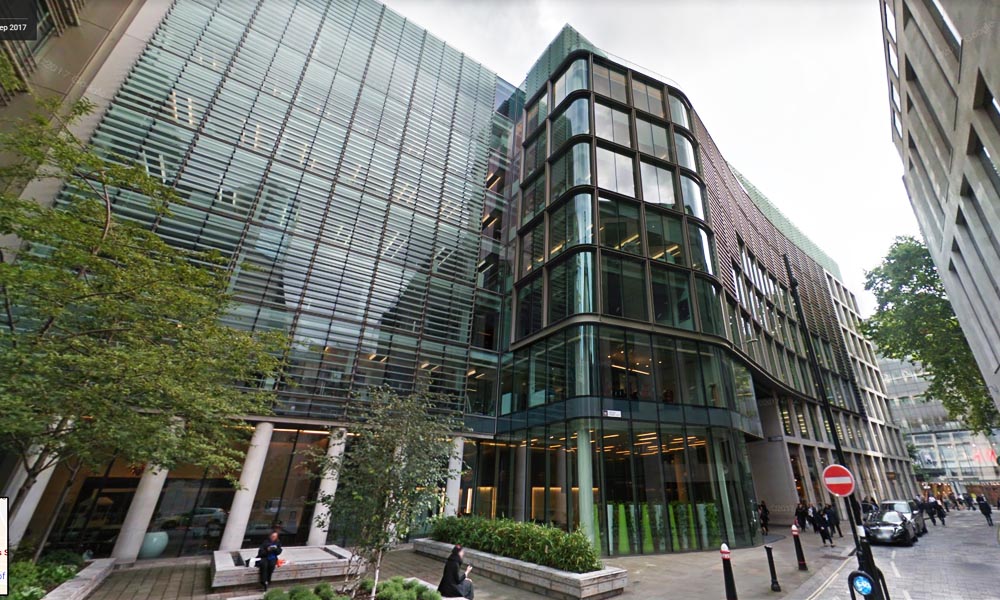
In partnership with NG Bailey, AIS BMS is supporting a ground-breaking energy reduction pilot across six prestigious London buildings owned by Land Securities.
The project targets a 15% reduction in energy consumption compared to a 2014 baseline.
The first of the Land Securities buildings to be used as a pilot is Dashwood House.
Our challenge in Dashwood House was based around the ventilaltion system controls, to reduce consumption, yet whilst retaining fresh air level requirements within the building.
By changing the way the building controlled the internal air quality by supplying fresh air in the office spaces based upon occupancy significantly reduced energy consumption.
The modulation of the AHU based on the air-quality sensor readings reduced the AHU fan motor load by 30% during the operational hours with additional savings on chilled water and LTHW demand on the cooling and heating systems.
The Challenge
Dashwood House (London) is a commercial office building, where the ventilation system controls were enhanced with CO2 sensors and motorised control dampers to provide demand led CO2 control of fresh air supplies to each of the office floors.
The aim was to reduce AHU fan power consumption and ventilation thermal loads, whilst meeting the fresh air requirements of the building occupants.
Our Solution
Roof mounted central AHU’s provide supply and extract to the office spaces to meet the minimum fresh air requirements. The incoming fresh air is tempered and incorporates a thermal wheel for exhaust heat recovery.
The new duct mounted air quality sensors on the connection to each office floor modulate a control damper to vary the supply air volume and meet the minimum fresh air requirement based upon the occupancy.
The AHU’s were controlled on constant volume by the BEMS using TREND’s IQ3 system and 963 supervisor, and following the installation, this was changed to constant pressure with varying air volume.
The building now controls on internal air quality, supplying fresh air in the office spaces based upon occupancy and significantly reducing energy consumption. These changes have maintained the office environment, by varying the fresh air volume based on the air quality readings from the floors, ensuring the supply air meets the actual requirements.
The reduction in supply air volume also reduces the AHU ventilation heating and cooling loads on the boiler and chiller plant, respectively.
The modulation of the AHU based on the air-quality sensor readings reduced the AHU fan motor load by 30% during the operational hours with additional savings on chilled water and LTHW consumption on the cooling and heating coils.
This enhancement of the ventilation system controls provided estimated fan energy savings of 100,000 kWh per annum.
Chris Coath Head of Energy, NG BaileyIn our search for a partner to work with our client, Land Securities, NG Bailey were looking for a company that would deliver practical, real world projects that would reduce our clients’ energy consumption. They were also required to bring something innovative and useful to the table. With the Control Performance Reports and site policing visits, AIS BMS have done just that. They have understood our needs and collaborated strongly with our own energy team which have helped us achieve significant results.
We have built strong relationships with the team at AIS BMS and they have worked well for us throughout this project. A key factor to all of the energy reduction projects is that the disruption to the normal operation of the site had to be absolutely minimal, meaning the tenants of the building could go about their normal business. Overall, the results of the project are very encouraging, and working with AIS BMS has been an excellent experience.


